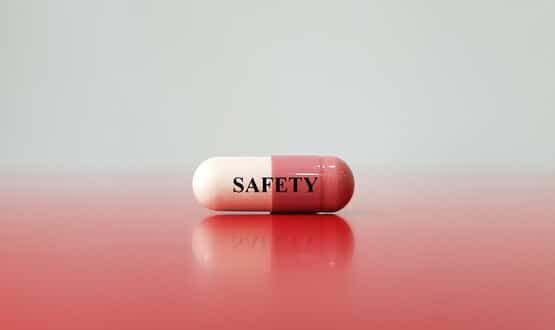Covid-19 tracing tool to be built into phones, Apple and Google announce

Future versions of Android and iOS operating systems are set to have a Covid-19 notification system built-in, Apple and Google have announced.
The system will replace the need for users to install contact-tracing apps developed by public health bodies.
The exposure notification system uses Bluetooth signals to measure time and distance between devices to determine a user’s risk of Covid-19.
The system, dubbed exposure notification express, would still require a user to opt-in and does not collect location of identity information.
Previously Apple and Google’s API required users to download a contact-tracing app to allow it to track time and distance between device and send push notifications to users who may have been exposed to the virus.
Under the new system no app is required, meaning public health authorities would be able to send notifications to those considered at risk of Covid-19 without needing to develop and maintain an app.
“As the next step in our work with public health authorities on exposure notifications, we are making it easier and faster for them to use the exposure notifications system without the need for them to build and maintain an app,” a joint statement from Apple and Google read.
“Exposure notifications express provides another option for public health authorities to supplement their existing contact tracing operations with technology without compromising on the project’s core tenets of user privacy and security.
“Existing apps using the exposure notification API will be compatible with exposure notifications express, and we are committed to supporting public health authorities that have deployed or are building custom apps.”
Despite this latest announcement, Professor Cristophe Fraser, of Department of Health at Oxford University, has said he believed apps still have a role to play in stopping the spread of coronavirus.
“We’ve been exploring different app uptake levels for some time in the UK, and we’re really pleased to see that contact tracing apps in the UK and the USA have the potential to meaningfully reduce the number of cases, hospitalisations and deaths at all levels of app uptake across the population,” he said.
“For example, we estimate that a well-staffed manual contact tracing workforce combined with 15% uptake could reduce infections by 15% and deaths by 11%.”
A previous study conducted by Prof. Fraser, who has advised NHSX about the UK contact-tracing app, suggested that a much higher adoption rate of 60% was needed for apps to be effective.
Apple and Google first announced they were joining forces to create contact-tracing technology in April. At the time NHSX was working on the UK’s contact-tracing app but differed from Apple and Google’s decentralised approach.
The tech giants released their contact-tracing software in May. In June, after several revised roll-out dates, the government abandoned its contact-tracing app in favour of Apple and Google’s technology. At the time it had spent £11.8m developing the app.
Trials of a new app based on Apple and Google’s exposure notification system were launched in August, but a national roll-out date is yet to be confirmed.
For a more detailed look at the NHS contact-tracing app take a look at our timeline piece here.





2 Comments
I’ll have to stick with my old phone.
Spying. How long before we can’t turn it off? For our safety of course….
Comments are closed.